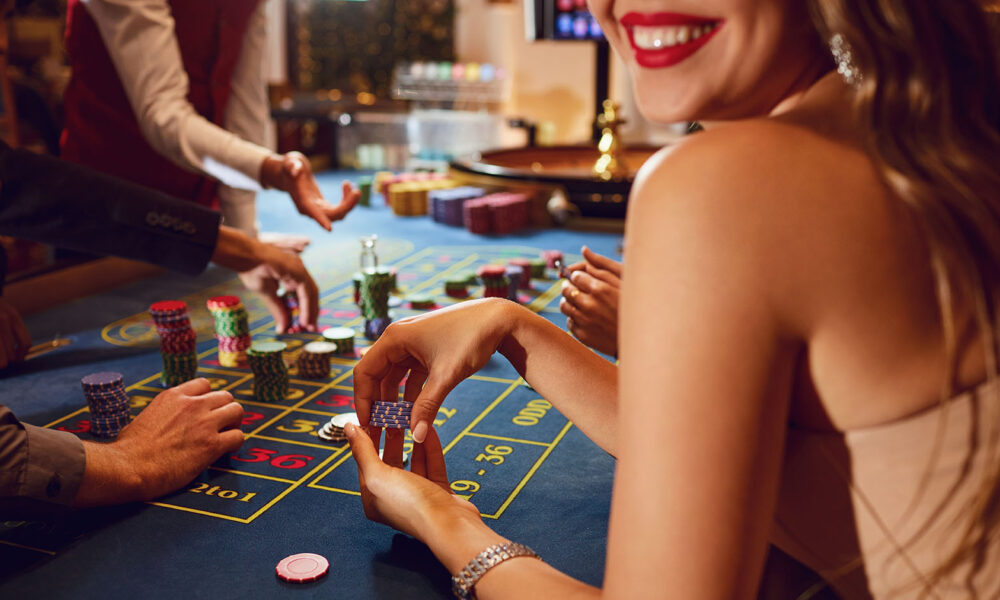
How do online slots create those exciting near-miss moments?
Near-miss moments in online slots occur when symbols align just short of a winning combination, creating that heart-racing sensation that you almost won. These tantalising almost-wins keep players engaged and on the edge of their seats, contributing to the addictive nature of slot games. Game designers carefully engineer these moments to maximise player engagement and session length. The psychology behind these experiences connects to how our brains process rewards. Many players visiting ynpn casino notice these near-misses trigger almost the same neurological response as actual wins. This phenomenon explains why players often continue playing after nearly winning; the brain registers these moments as partial successes rather than complete failures, maintaining hope and anticipation for the next spin.
Mathematics of anticipation
Online slot developers employ specific mathematical models called random number generators (RNGs) to determine game outcomes. These algorithms are programmed to create a statistical distribution with a calculated percentage of near-miss results. The frequency of these almost-wins isn’t random but carefully calibrated to maintain player interest without becoming too obvious or predictable. Game designers work with mathematical probability to ensure near-misses occur at the optimal frequency. Too many would make players suspicious, while too few would reduce engagement. The mathematical models balance these factors precisely, creating a fair gameplay experience while still generating the excitement of frequent close calls.
Visual and audio tricks
A sensory experience amplifies near-miss excitement:
- Slowing spinning reels when two matching symbols appear
- Flashing lights or special animations highlighting how close you came
- Rising musical tension as the final reel approaches
- Special sound effects when landing just one position away from a jackpot
- Visual emphasis on the symbol you needed, often showing where it appeared elsewhere
These sensory cues amplify the emotional impact of near-misses, making them more memorable than regular losses. The combination of visual disappointment and the suggestion of “almost there” create a powerful psychological hook that keeps players engaged for longer gaming sessions.
Programmed pattern recognition
Our brains naturally seek patterns, even where none exist. Online slots exploit this tendency by creating the illusion that patterns predict future outcomes. Players who experience several near-misses in sequence often believe they’re “due” for a win despite each spin being an independent event with no memory of previous results. The human mind struggles with truly random distributions and tends to see meaningful connections between unrelated events. Slot designers leverage this cognitive bias by programming sequences that appear to build toward big wins. This creates a false sense that players can predict or influence outcomes based on previous near-misses, keeping them invested in continuing play.
Dopamine connection
Near-miss experiences trigger dopamine release in the brain, similar to actual wins but at a reduced intensity. This neurochemical response explains why players continue despite repeated losses, as each near-miss refreshes motivation and maintains engagement through a series of small neurological rewards. The anticipation itself becomes rewarding, creating a cycle where players chase both wins and the exciting tension of near-misses. This brain chemistry explains why many players feel satisfied after sessions without significant wins. The emotional journey of anticipation provides entertainment value, separate from monetary rewards.
